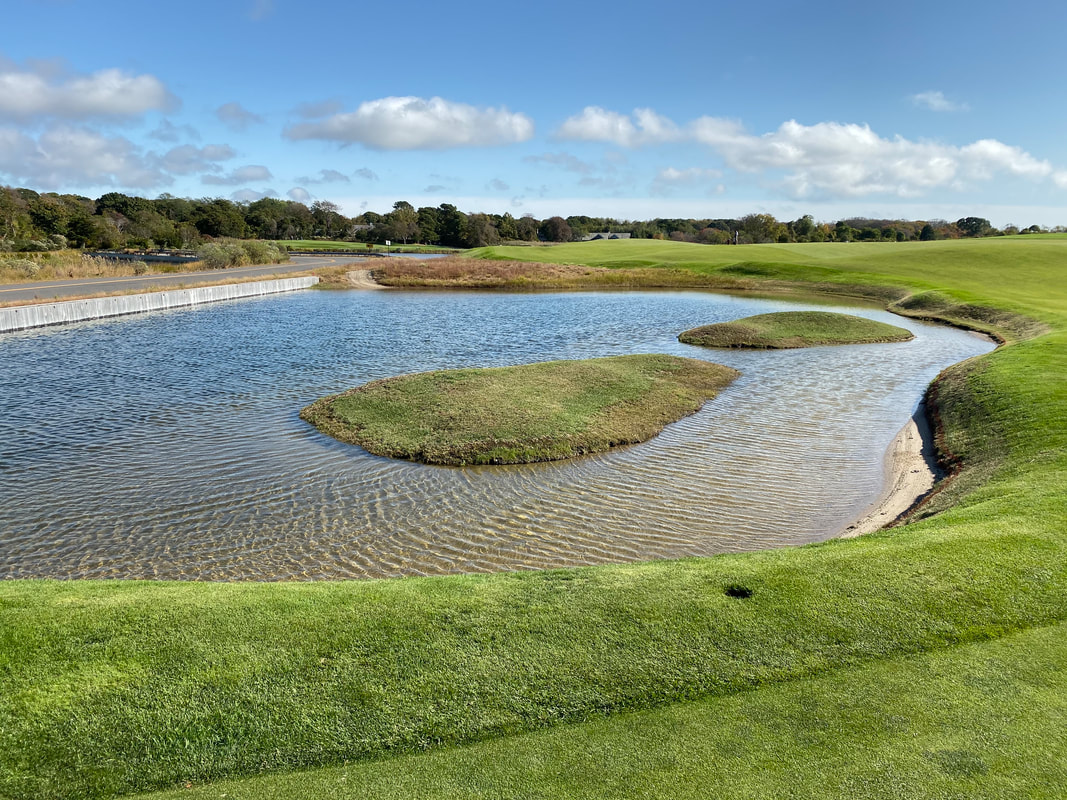|
National Golf Links of America
Architect: C.B. McDonald Year: 1911 149 Sebonac Inlet Rd, Southampton, NY 11968 Phone: (631) 283-0410 Course Access: Private https://ngla.us/ |
National Golf Links of America
The National was founded in 1908 under the leadership of Charles B. Macdonald. The golf course was constructed with the assistance of Southampton engineer, Seth Raynor. After studying many of the courses in Scotland and England, Mr. Macdonald set out to build a first class course in the United States which would incorporate many of the better qualities of golf courses in the British Isles. Among the famous holes represented at the National are the Road Hole and Eden from St. Andrews, Alps from Prestwick, Redan from North Berwick and Sahara from Sandwich. The National has inspired a number of golf architects who have made frequent visits to study some of its challenging and enduring features.
The private 18 hole course covering 253 acres is located on Peconic Bay in the Town of Southampton, New York.
The private 18 hole course covering 253 acres is located on Peconic Bay in the Town of Southampton, New York.
Course Photos
The 14th Hole's Bunker / Water Hazard
One of the most unique bunkers in the world is here at the 14th. At high tide it's a hazard but at low tide it's a bunker. There are no red stakes so the water line marks the hazard.



